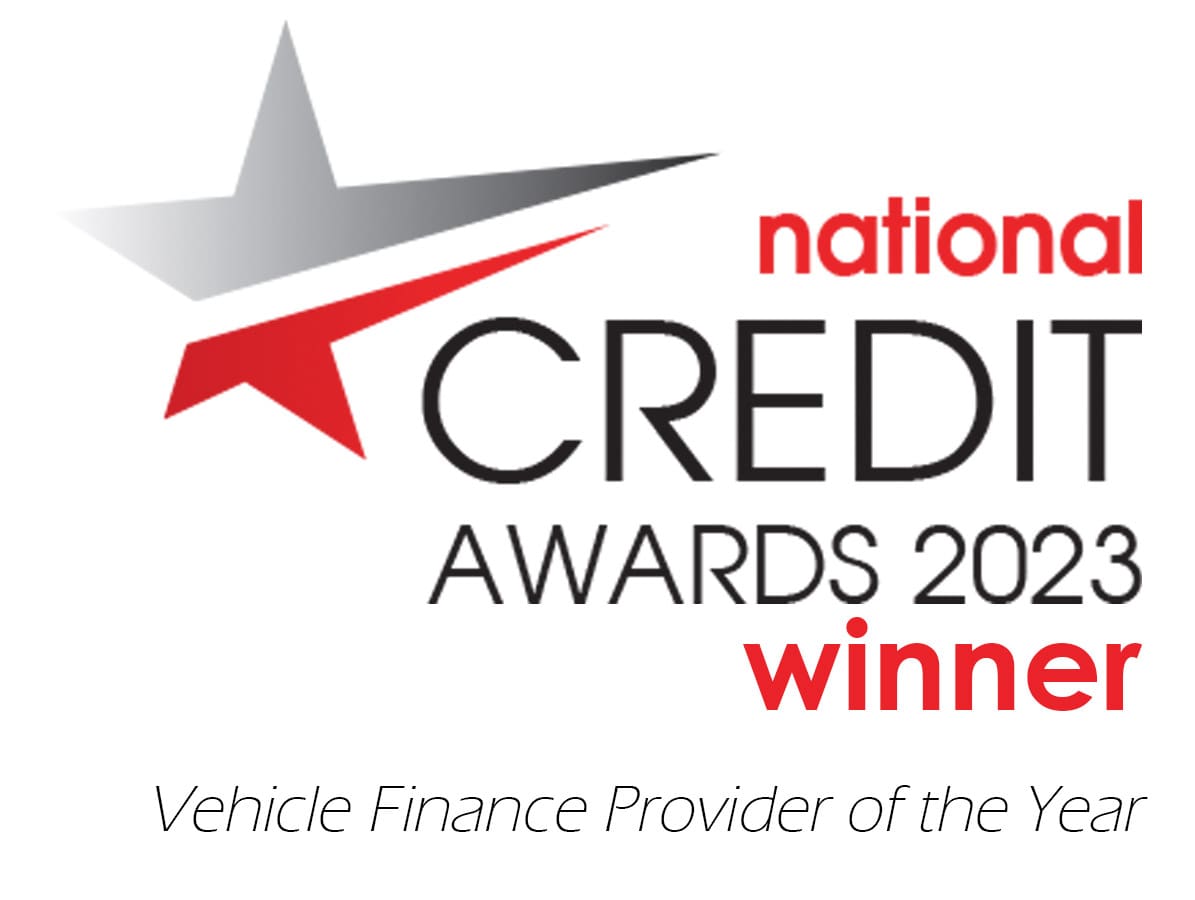- Car finance Car finance
- Motorbike finance Motorbike finance
- Van finance Van finance
- How it works How it works
- FAQs and guides FAQs and guides
- About us About us
- Home
- Blog
- Buying a Vehicle
- Who is the registered keeper of a car on finance?
Who is the registered keeper of a car on finance?
Updated: Thursday, 27 July 2023
Buying a car on finance allows you to spread the cost of a new car over a period of time. It’s important to fully understand how car finance works before you make an application.
In this article, we explain who the registered keeper of a car on finance is, the difference between the legal owner and registered keeper, and the responsibilities you have if you are the registered keeper of a car on finance.
What is the difference between a car’s owner and registered keeper?
While looking through your car finance agreement, you may have noticed that you’re referred to as the ‘registered keeper’, not the owner.
The difference between being the car’s legal owner, and the car’s registered keeper, is as follows:
- If you buy a car outright, for example with cash, you will become the legal owner by filling in the V5C and sending it to DVLA, or by notifying them online of the change in ownership.
- If you buy a car on finance, whether that be a Conditional Sale (CS), Hire Purchase (HP), or Personal Contract Purchase (PCP) agreement, you will be the registered keeper.
Depending on the type of finance you choose, you may have the option to become the car’s legal owner at the end of the agreement. With some types of finance, such as HP and PCP, you have to make a fee or payment.
What does registered keeper mean?
The registered keeper of a car is the person who drives and is responsible for maintaining the vehicle. Being the registered keeper of a car on finance means that you must maintain, service, and MOT the car.
By contrast, the legal owner of a car is the person who bought the car and registered it with the DVLA.
Who is the registered keeper for the different finance types?
| Car finance type | Who is the registered keeper? | Conditional Sale (CS) | The vehicle legally belongs to the finance company for the duration of the agreement. You are the registered keeper and responsible for insuring and maintaining the vehicle. Once you have made your final repayment, you will become the legal owner of the car. |
|---|---|
| Hire Purchase (HP) | You are the registered keeper for the duration of the finance agreement. At the end of the agreement, you can become the vehicle's legal owner by paying the ‘option to purchase’ fee. |
| Personal Contract Purchase (PCP) | As with CS and HP finance, you will be the registered keeper during your finance agreement. Once the agreed term has ended, you can become the vehicle's legal owner by making the balloon payment. |
| Personal Contract Hire (PCH, or leasing) | The finance company will usually be the registered keeper of a leased car. However, this can vary depending on the lease agreement. |
| Personal Loan | If you purchased a vehicle using the money you borrowed through a personal loan, you will be the legal owner of the car as well as the registered keeper. |
Can the registered keeper of a car on finance be changed?
There will often be a clause in your finance agreement that will only allow you to change the registered keeper of the car once your finance agreement has ended. This is because the finance company will create the agreement based on the personal details provided during the application process.
Changing the registered keeper of the vehicle usually involves taking out an entirely new car finance agreement in the name of the preferred registered keeper. This would involve settling your car finance agreement early or voluntarily terminating your car finance agreement.
Can you insure a vehicle if you’re not the legal owner?
As explained earlier, when you are the registered keeper, you are the person who drives and maintains the car. This means that you need to arrange full insurance for your car, with the right level of cover and voluntary excess, as outlined in your finance agreement.
Can finance and the registered keeper be under different names?
There are some situations where lenders will allow the applicant and registered keeper to be under different names. However, you will need to outline your circumstances before making your car finance application. Attempting to take out car finance for someone else is known as fronting, which is considered fraud.
You could make a joint car finance application. During a joint agreement, both people can use the car, but a ‘primary user’ will be decided and recorded as the registered keeper. We would suggest that the primary user should be the person who intends to drive the vehicle the most, and they will be responsible for maintaining the car, paying tax, and being the point of contact for fines or motoring offences.
Are you thinking of getting a car on finance?
Now you know who the registered keeper of a vehicle is for each finance type, coming to a decision about financing a vehicle should be a little easier.
To explore each finance type in more detail, we’ve created a page that explains how car finance works.
FAQs about being a registered keeper of a financed car
Is the legal owner of the car the person named on the V5C?
It’s a common misconception that the person named on the V5C is the legal owner. This isn’t always true. The V5C states who the registered keeper is. The car’s legal owner is the person who registered it with DVLA.
Do you get a V5C with a financed car?
When you buy a car on finance, you will be assigned the registered keeper of the car. Because vehicle logbooks outline the car’s registered keeper rather than the owner, you will receive a V5C logbook when you purchase a car through finance.
Buying a car on finance allows you to spread the cost of a new car over a period of time. It’s important to fully understand how car finance works before you make an application.
In this article, we explain who the registered keeper of a car on finance is, the difference between the legal owner and registered keeper, and the responsibilities you have if you are the registered keeper of a car on finance.
What is the difference between a car’s owner and registered keeper?
While looking through your car finance agreement, you may have noticed that you’re referred to as the ‘registered keeper’, not the owner.
The difference between being the car’s legal owner, and the car’s registered keeper, is as follows:
- If you buy a car outright, for example with cash, you will become the legal owner by filling in the V5C and sending it to DVLA, or by notifying them online of the change in ownership.
- If you buy a car on finance, whether that be a Conditional Sale (CS), Hire Purchase (HP), or Personal Contract Purchase (PCP) agreement, you will be the registered keeper.
Depending on the type of finance you choose, you may have the option to become the car’s legal owner at the end of the agreement. With some types of finance, such as HP and PCP, you have to make a fee or payment.
What does registered keeper mean?
The registered keeper of a car is the person who drives and is responsible for maintaining the vehicle. Being the registered keeper of a car on finance means that you must maintain, service, and MOT the car.
By contrast, the legal owner of a car is the person who bought the car and registered it with the DVLA.
Who is the registered keeper for the different finance types?
| Car finance type | Who is the registered keeper? | Conditional Sale (CS) | The vehicle legally belongs to the finance company for the duration of the agreement. You are the registered keeper and responsible for insuring and maintaining the vehicle. Once you have made your final repayment, you will become the legal owner of the car. |
|---|---|
| Hire Purchase (HP) | You are the registered keeper for the duration of the finance agreement. At the end of the agreement, you can become the vehicle's legal owner by paying the ‘option to purchase’ fee. |
| Personal Contract Purchase (PCP) | As with CS and HP finance, you will be the registered keeper during your finance agreement. Once the agreed term has ended, you can become the vehicle's legal owner by making the balloon payment. |
| Personal Contract Hire (PCH, or leasing) | The finance company will usually be the registered keeper of a leased car. However, this can vary depending on the lease agreement. |
| Personal Loan | If you purchased a vehicle using the money you borrowed through a personal loan, you will be the legal owner of the car as well as the registered keeper. |
Can the registered keeper of a car on finance be changed?
There will often be a clause in your finance agreement that will only allow you to change the registered keeper of the car once your finance agreement has ended. This is because the finance company will create the agreement based on the personal details provided during the application process.
Changing the registered keeper of the vehicle usually involves taking out an entirely new car finance agreement in the name of the preferred registered keeper. This would involve settling your car finance agreement early or voluntarily terminating your car finance agreement.
Can you insure a vehicle if you’re not the legal owner?
As explained earlier, when you are the registered keeper, you are the person who drives and maintains the car. This means that you need to arrange full insurance for your car, with the right level of cover and voluntary excess, as outlined in your finance agreement.
Can finance and the registered keeper be under different names?
There are some situations where lenders will allow the applicant and registered keeper to be under different names. However, you will need to outline your circumstances before making your car finance application. Attempting to take out car finance for someone else is known as fronting, which is considered fraud.
You could make a joint car finance application. During a joint agreement, both people can use the car, but a ‘primary user’ will be decided and recorded as the registered keeper. We would suggest that the primary user should be the person who intends to drive the vehicle the most, and they will be responsible for maintaining the car, paying tax, and being the point of contact for fines or motoring offences.
Are you thinking of getting a car on finance?
Now you know who the registered keeper of a vehicle is for each finance type, coming to a decision about financing a vehicle should be a little easier.
To explore each finance type in more detail, we’ve created a page that explains how car finance works.
FAQs about being a registered keeper of a financed car
Is the legal owner of the car the person named on the V5C?
It’s a common misconception that the person named on the V5C is the legal owner. This isn’t always true. The V5C states who the registered keeper is. The car’s legal owner is the person who registered it with DVLA.
Do you get a V5C with a financed car?
When you buy a car on finance, you will be assigned the registered keeper of the car. Because vehicle logbooks outline the car’s registered keeper rather than the owner, you will receive a V5C logbook when you purchase a car through finance.
Bringing you tips on buying and maintaining your vehicle to make life on the road less stressful.
More from Moneybarn...
For a better road ahead
Moneybarn is a member of the Finance and Leasing Association, the official trade organisation of the motor finance industry. The FLA promotes best practice in the motor finance industry for lending and leasing to consumers and businesses.
Moneybarn is the trading style of Moneybarn No. 1 Limited, a company registered in England and Wales with company number 04496573. The registered address is Athena House, Bedford Road, Petersfield, Hampshire, GU32 3LJ.
Moneybarn’s VAT registration number is 180 5559 52.
Moneybarn No. 1 Limited is authorised and regulated by the Financial Conduct Authority (Financial Services reference No. 702780)




